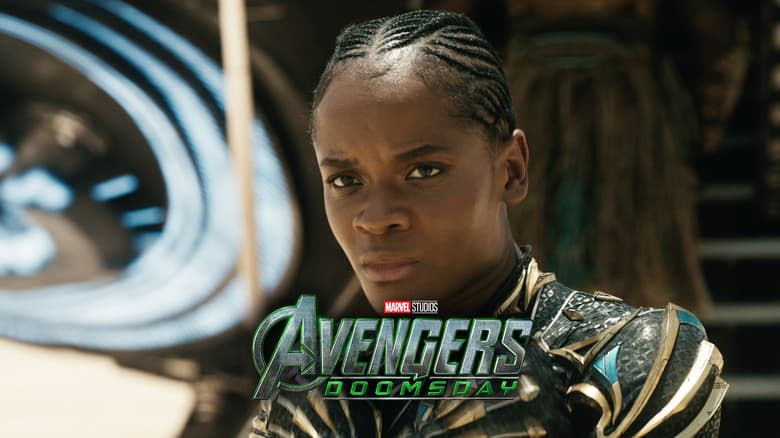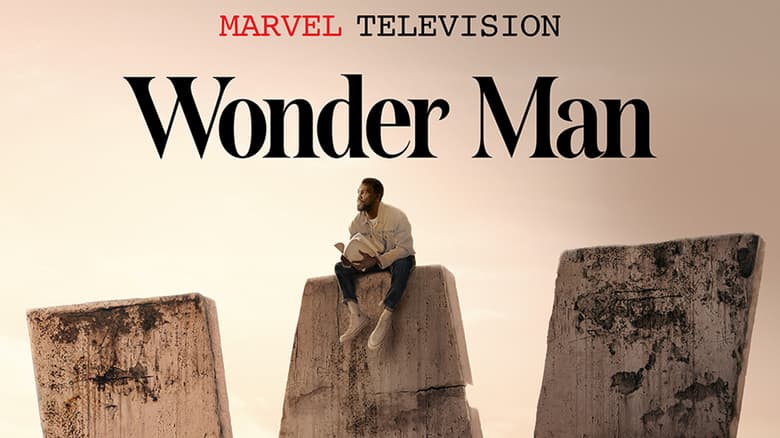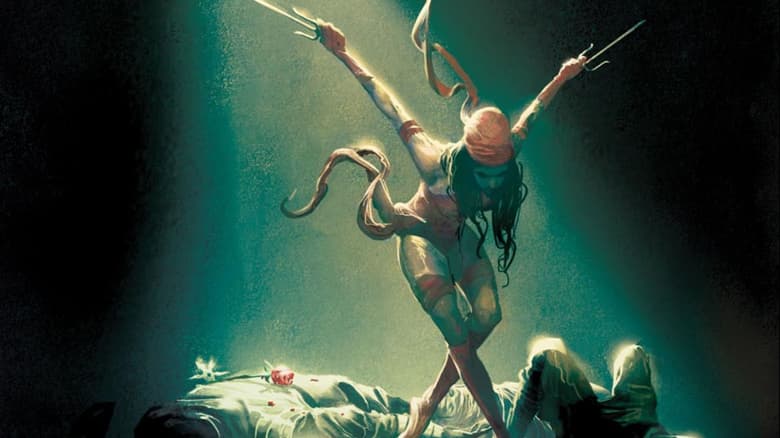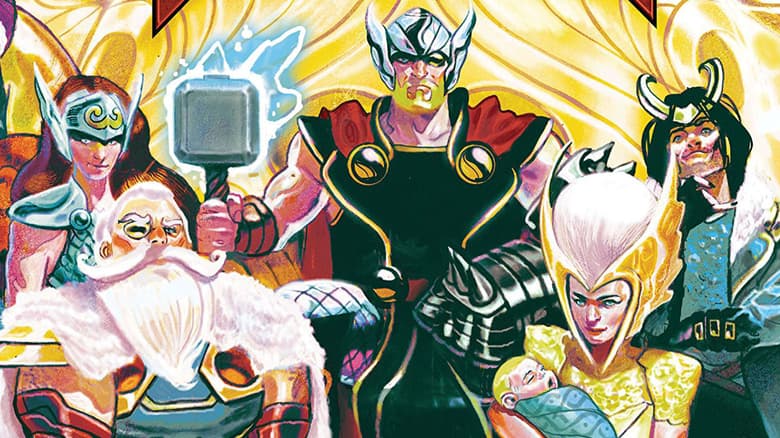Aaron Kuder’s Artistic Influences and His Odd Collection of Experiences
The artist behind 'Ghost Rider' unearths a metaphorical menagerie of influences… or inspirations?
Fresh off the fiery coattails of GHOST RIDER #3, Young Gun artist Aaron Kuder has a hot second to talk about all the little things, moments, places, and illustrators that bleed into his work.
While crazy sci-fi stuff pushes him as an artist, like his work on GUARDIANS OF THE GALAXY, it’s his influences that are the true tyrant in Kuder’s artwork. Kuder wastes no time and gets deep, even metaphorical, about how his influences leave a mark–on him and the page.
What are some of your artistic influences on both your storytelling and artistic styles?
Before we get really started here, I want to make something clear about my answers. “Influences” and “inspiration” are often used interchangeably. While they are by no means mutually exclusive, I see them as very different things. An influential thing forces you to change or confront your thoughts and beliefs. Inspiration on the other hand is the spark that lights the fuse. It feeds your imagination. However it doesn’t necessarily make you question your reality. Inspiration engages everything you already are and uses that history, that compilation of what makes you you, to run with your ideas in different directions. Influences don’t care about who you are or where you’re from, they slap you in the face and make you go in whatever direction they want.
That said, my artist influences are mostly an odd collection of experiences. If I had to put it in a list form... lots of solitude, Labyrinth (almost all things Jim Henson), all the places I’ve lived, The City of Lost Children, INFINITY GAUNTLET #1, Tom Waits, Terry Gilliam, Spider-Man, Scott McCloud’s Understanding Comics, National Geographic, Hayao Miyazaki, The Gift of Asher Lev by Chaim Potok, a coffee shop named Stella’s, a comic book store called Comics for Collectors, Al Williamson, William Warmus, an attic full of cobblers, Mike Mignola’s art, 4:00 AM at an all-night diner, Mike Allred’s RED ROCKET 7, kindness and the lack of kindness in equal parts, Grzegorz Rosiński, a music-hall called Chester’s, gas stations converted into fruit stands, clouds that magically part to either side of the road on cross-country trips, NEW MUTANTS SPECIAL EDITION Vol. 1 #1, a wolf named Roo, a young woman looking for scantrons, five animals with four tails, etc., etc. ...
Note, this is just a list. Each one of these things has their own story. Some are deeply personal, others are things that came into my life at just the right time to have an effect on my outlook on life.

How do your artistic influences come to life in your comic book work?
Well, for example, the “gas stations converted into fruit stands” thing I mentioned. I was driving from New York to Seattle. I took the northern-most interstates, driving through both the Dakotas, across Montana and the upper tip of Idaho. At that point I was pretty road wary. I had found my limit of appreciating roadside attractions like Wall Drug, random firework stands, and I was completely disgusted with fast/road food.
Somewhere around the border of Idaho and Washington State I saw this giant neon pink sign (larger than a normal billboard) that simply read, “FRUIT.” I thought, I like fruit. So I checked it out. It was, as you could guess, a converted gas station. The fact that it was a converted gas station is probably why it impacted me so. In a place that used to sell giant slushies, candy-filled candy, coated candy, three-day old hot dogs that still looked brand new, old pizza, lotto tickets, beer, cigarettes, and who knows how much gasoline… now sold fruit. Mostly apples, and apricots (I think). It had some berries also. Stacks and stacks of fruit. It felt completely silly. Especially because there were more people in that store than any one actual gas station I had been in on that entire trip. And they didn’t even sell any gas. Where the gas pumps once stood were now pallets of apples. I know my reaction was probably in response to having had such a long drive, but the fruit station just gave me hope. Hope that we can use the things we already have, like a crummy little gas station, and make it something better.
How does that affect my art? I think of moments like this when I need to set up a mood, how creating a contrast between what we think we know (a random gas station) and the meaning behind a moment.
How would your friends describe your artistic style?
I don’t really talk to my friends about my art. I guess the thing that they’ve commented on in the past is my particular creativity in a given subject matter. The way I will deconstruct or alter the concepts of a character into an image… Of course that’s not what they actually say. They will usually say something like, “Oh man, that’s cool. How do you come up with that?” But that’s what they mean.
Going off of that, how would you describe your artist style?
Tactile and yet cartoony?
How have your influences changed over time?
Aaron Kuder: It’s hard to say. I think the way people react to emotions has become more important to the way I think about stories. Emotions being the reaction to things that happen. In many ways the things that happen are of little note, but how people react/interact with the world via their emotions is interesting to me. We all handle things differently. There is no right answer to how you react/how you feel, but the pattern that forms after those dominos start to fall… who is empathetic, who pulls away, who gets upset by other people’s emotions… all of that is fascinating to me.
Who are your Marvel illustrator idols?
From the top of my head, and in no particular order: Art Adams, Alan Davis, Jack Kirby, Steve Ditko, Alex Toth, Mike Allred, Erik Larsen, Michael Golden, John Romita Sr., Walt Simonson, Al Williamson, Mike Zeck, Rick Leonardi, John Paul Leon, the Kubert family, Paul Smith...
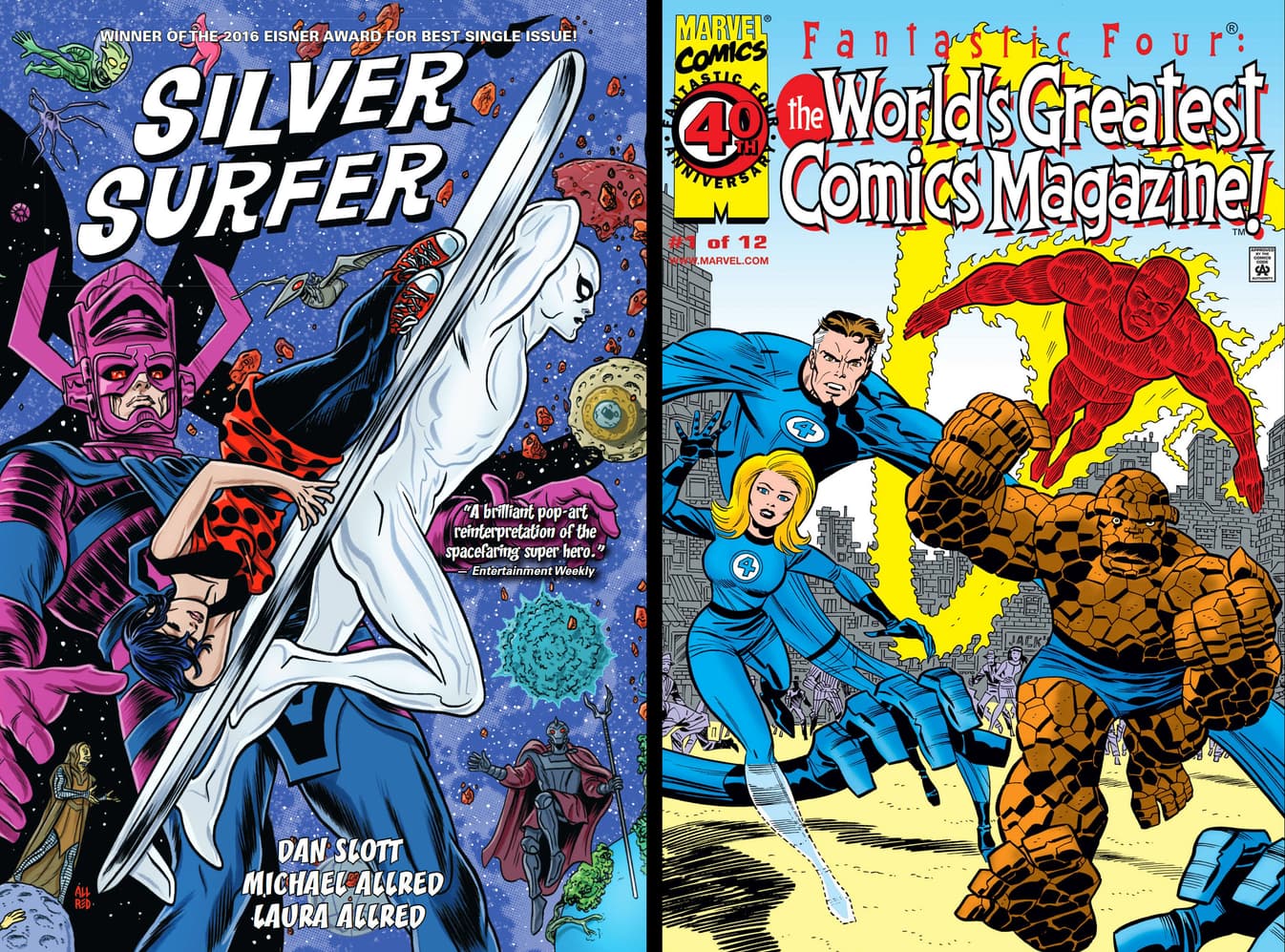
Which illustrators have directly impacted your work, and how?
I think I was in high school when I met Al Williamson. This was in the early ‘90s, when comic books were everywhere. The industry was booming. I had moved around a lot growing up and it seemed like every town had at LEAST one comic shop, if not two or three. At this point in my life, I had been to a handful of conventions. Back then most conventions were in some hotel or some school gymnasium. And for the most part they were just comics and creators. There were little to no actors showing up. I would go to get my comics signed and show my art to get critiques from professional artists.
My hometown Ithaca, New York had IthaCon. Al and (the amazing) Mark Schultz (XENOZOIC TALES) showed up. At the time I was very familiar with Al’s inking work on books like DAREDEVIL: MAN WITHOUT FEAR, but I had just started to find books that he did the penciling/inking on (FLASH GORDON, STAR WARS).
There’s a thrill I would get when I found a new artist I liked. Heck, I still get that thrill. It’s a weird blend of punch-drunk and consumer-hyperdrive. I want to get my hands on everything. This was absolutely the case with both Al and Mark’s work. Al’s art in particular has this weight to it. You can feel the “oomph” the characters feel when they hit the ground. Both Al and Mark made these gorgeous sweeping landscapes that you just wanted to run through.
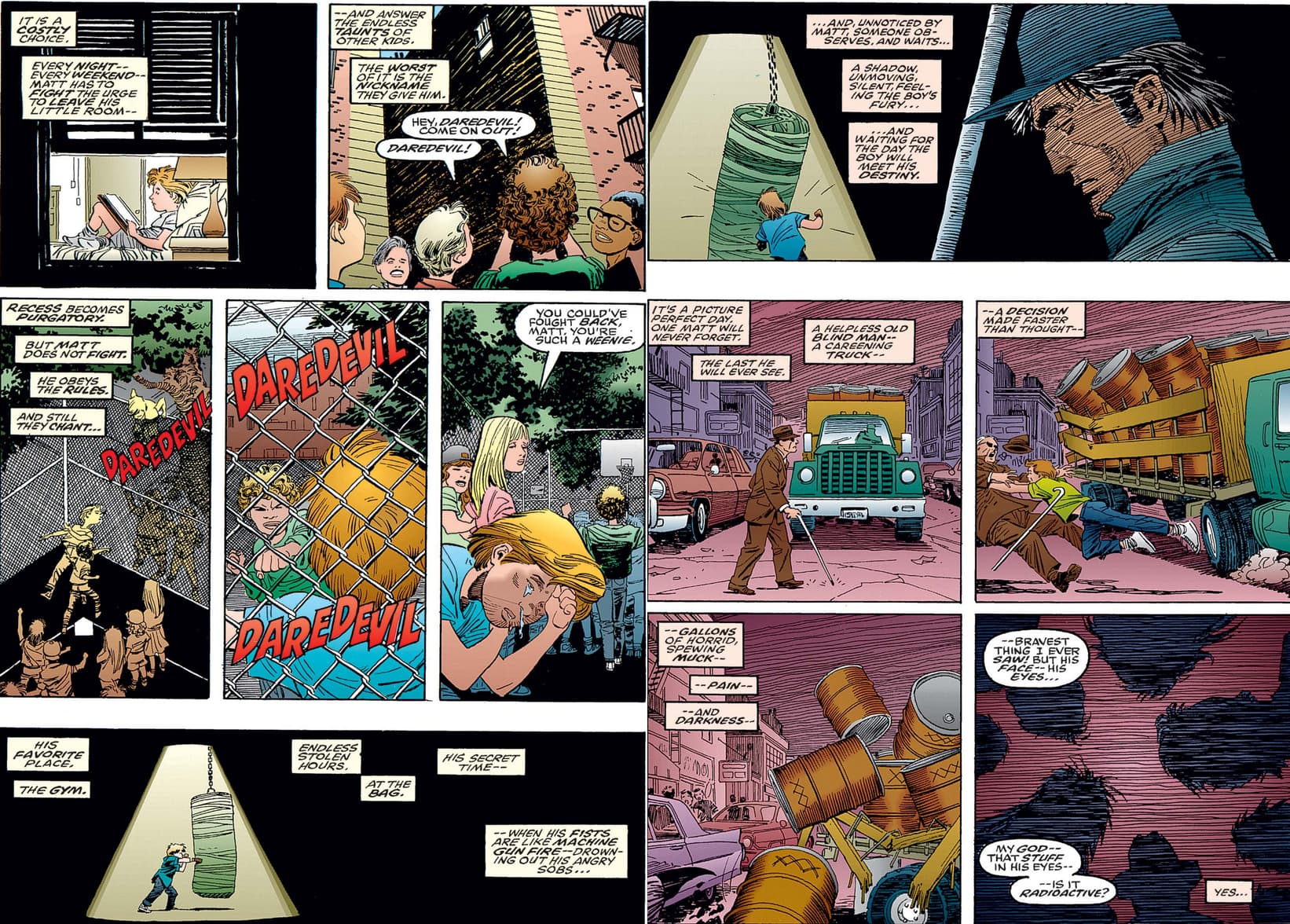
Anyway, I met them both at IthaCon. I hesitated to show them my art, because a) I didn’t have anything that resembled a professional portfolio, and b) every time I had shown my work to someone at a convention before I was either, ripped me a new one, or met with a kind of apathy. All of which is completely understandable because, hey, I was a kid. I had a long way to go. In general though, most portfolio reviews left me feeling pretty crummy. I was scared to show Al or Mark my work because I very much didn’t want them to give me that crummy feeling. In the end I slapped my brave face and showed Al my doodles. (And when I say “doodles” here, I mean a cheap, spiral-bound sketchbook that I basically used as a journal. I went through one of those every week from elementary through way into my twenties. Anyway...) Al’s looking through my doodles while I’m trying to keep my bowels from dropping into my pants. When he gets to the last image, he looks me dead in the eye and said, “You got it kid.”
It was like Han Solo just told me I was a good pilot. Later Al asked if I could show him and Mark around town a bit. I took them to a local coffee shop and we chatted... about what Ithaca was like, about Al working on STAR WARS, about Mark’s dealings with Cadillac for XENOZOIC TALES, FLASH GORDON, artists that inspired them... It never felt like we were talking about “art” or even “comics,” it just felt like we were shooting the breeze.
The next time I saw Al and Mark was at a show in Philly a year or two later. I didn’t even expect Al to remember me at all. But as I walked up to his table, he greeted me with his huge smile and a loud, “Aaron! How ya doing, kid?!”
How do you hope to inspire the next generation of comic book artists?
I think I just hope to inspire. The next generation can figure out what works best for them.
GHOST RIDER #3, written by Ed Brisson with interior art by Juan Frigeri and cover art by Aaron Kuder is available now! You can order your copy online or at your local comic store!
To learn more about Marvel’s class of Young Guns, visit Marvel.com/young-guns.
The Daily Bugle
Can’t-miss news and updates from across the Marvel Universe!
